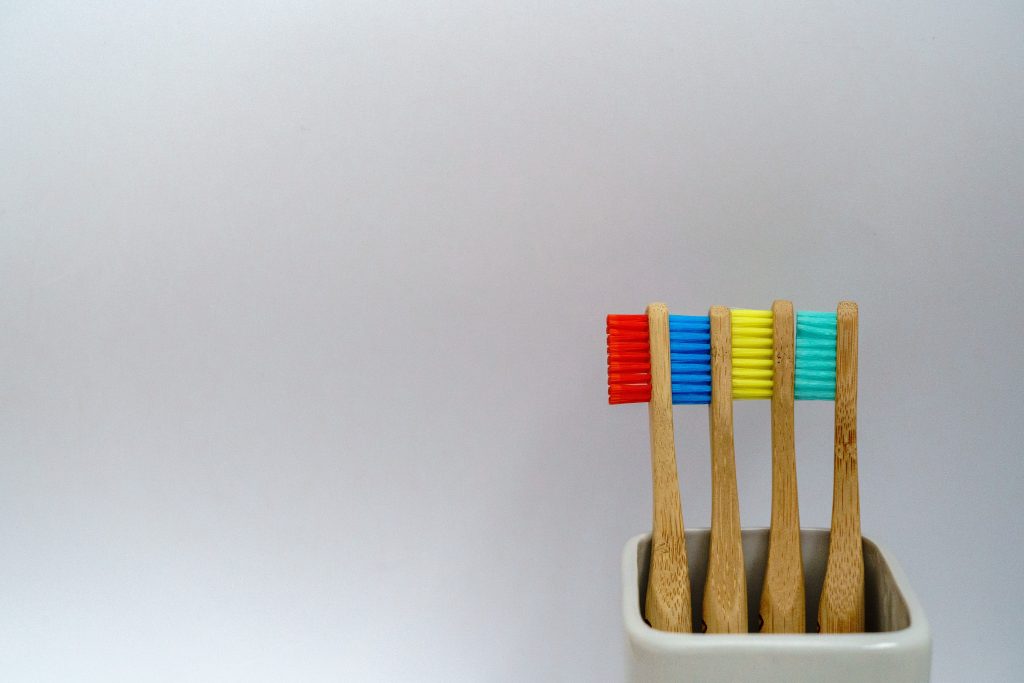James Clear’s Atomic Habits is a unique book. It’s one of the few books that I always keep on my shelf, something I reference a few times every week. Clear packed the book full of interesting stories and practicable, actionable advice.
When I first read the book, I began a list on the front page. I titled the list “Methods,” and as I read through the book, I wrote down every technique I found in the book. Now, I have a list of methods, ranging from the Habit Scorecard to the 2-Day Rule and Sorites Paradox. While the book is an amazing read in its entirety, this list allows me to easily hop to the exact piece of actionable advice I am looking to implement. I want to talk about one of these techniques, Habit Stacking.
Habit Stacking
I think it is always easier to stack a new habit onto an old one, to integrate a new step into an existing routine, than it is to create a new habit in open space, where it must displace and conflict with other habits and activities I may want to maintain. James Clear provides a simple habit stacking formula: “After [current habit], I will [new habit]. (Atomic Habits, 74).

Exercise
Matt D’Avella gives a wonderful example of habit stacking in his video, “How to Hack Your Habits.” He stacks three new habits into his existing exercise routine. His original habits around exercise may have been,
- Change into gym clothes
- Drive to gym
- Lift weights
- Go home
That’s a solid routine, but he wants to improve it. He wants to drink more water, read more books, and do cardio. So, his new routine with these three new habits stacked into it may look like,
- Change into gym clothes
- Fill up water bottle
- Drive to gym
- Put on headphones and start audiobook
- Run on treadmill
- Lift weights
- Go home
Since Matt already had his exercise routine established, it’s much easier for him to implement multiple other relevant habits into that routine.

Dental Hygiene
While you’re parents may have ingrained dental hygiene into your lifestyle as a child, mine did not. Most things medical weren’t high priority in our low-income family, unless it was an undeniable emergency. Nevertheless, in the two years I’ve been at college, I’ve taken myself from maybe brushing a few days each week (ew) to brushing twice daily, flossing once daily, and using mouthwash twice daily. I’m not saying this to praise myself (can you brag about flossing?) but to document how small, steady changes can accumulate over time. So, how’d I do it?
When I began improving my dental hygiene, I began with brushing my teeth daily when I was in the bathroom to wash my face, something I already did every morning. After daily tooth brushing became normal, I added flossing. Lastly, I’ve lately begun using mouthwash after I finish flossing.
Conclusion
The next time you want to implement a new habit, first look for ways to add it into an existing, relevant routine. It may make it easier to remember the habit and make it fit more naturally into your lifestyle. James Clear gives two important guidelines, “No matter how you use this strategy, the secret to creating a successful habit stack is selecting the right cue to kick things off… Your cue should also have the same frequency as your desired habit” (Atomic Habits, 77).
Resources
- Atomic Habits by James Clear.
- “How to Hack Your Habits” by Matt D’Avella.
- “The Two Day Rule” by Matt D’Avella.
- “3 Ways to Make Your Habits Stick” by Matt D’Avella.
- “Tiny Changes with Big Results,” an episode of the Ground Up Show with Matt D’Avella as the host and James Clear as the guest.
- “Habits (with James Clear),” an episode of The Minimalists Podcast.
- The Daily Reading category on this site provides notes on other written pieces.
- My Reading List provides a list of good books and other media, like Atomic Habits by James Clear and Essentialism by Greg McKeown.
- Images by Priscilla Du Preez (featured image), Nick Fewings, and Javier Santos Guzmán on Unsplash.
One Reply to “What is Habit Stacking?”
Comments are closed.